Melissa Matuch
Team meetings, parent phone calls, emails, hall duty, department meetings —these are just a few of the responsibilities a teacher faces during “prep” time. With so much of that time already claimed by administrative responsibilities, that leaves very little time to create or set up dynamic and engaging, student-centered lessons. So, how does a teacher create a lesson involving high levels of student participation with little preparation? Below are three simple, yet effective strategies to keep students engaged without requiring enormous planning time.
1) Establish Cooperative Learning Strategies when introducing a new concept. When you pair or group students, you are giving them the opportunity to discuss the concepts you have introduced. This is a great learning opportunity for your students, as they work through the concept, discuss ideas, and develop a stronger understanding of the material.
For example, let’s say your students are engaged in a problem-based learning activity where they are actively trying to solve a school-based issue, such as “How can we address the long wait in the lunch line before you get your lunch?” The goal for the students would be to work together and problem solve how to make the lunch line a more pleasant and efficient experience. Using the strategy, cooperative learning is a great way to have students engage with each other.
Taking this an additional step, ask the students to create a reflection log in small groups at the conclusion of the work session. Reflection logs could contain questions such as, “What approach did your group take to answer the question? Did you immediately agree on your approach? Or did you have to work through multiple ways before selecting the best process?” As they share their opinions and approaches, students within the group have the opportunity to learn multiple, successful strategies to a problem presented.
2) Use Strategic Questioning to promote a “turn and talk” approach for a deeper learning experience. For example, let’s say students are tasked with creating a building that can sustain high winds in a city. They can turn and talk to a peer about their initial thoughts on how to approach the problem. Monitor each group as they discuss and provide additional questions to them based on the direction of the conversation. This is most helpful when groups are approaching the task incorrectly or for groups who finish too quickly. Additionally, allowing students to work through problems as a group promotes their critical thinking, cooperation, and communication skills.
Using that same example, ask students to do some research on buildings that currently exist in cities that are prone to hurricanes or high wind storms. This will qualify as an extension activity that can also be added to provide even deeper understanding of the content at hand. Have them find a connection with something that interests them and relates to the topic you are teaching. This will ensure student interest and engagement.
3) Traditional Assessment Models can be a student and teacher’s worst nightmare. Many students suffer from test anxiety and often perform below their level of understanding and mastery of a concept. Additionally, most students prepare for assessments through memorization that is quickly forgotten once the test is taken. Hours of grading tests and quizzes also take away from planning and much-needed personal time.
Don’t be afraid to abandon that model! Allow students to show their mastery of a concept through less traditional, yet highly effective methods. For example, students can create anchor chart posters, a slide deck, an infographic, or games through sites such as Kahoot, Quizizz, or Quizlet. These assessment models are highly effective and engaging for students, and they also make it easy to determine what a student has truly learned.
You could even have a day where students become the teacher. Task them with preparing a lesson based on a previously taught concept, and presenting it to the class. How they choose to present the information can be up to them — all that matters is that they are demonstrating their understanding of the content. Don’t be afraid to let go of the reins a bit and pass it to your students. They will thrive being in control of their learning!
Just because prep time often becomes more about administrivia and less about lesson planning does not mean you must give up your nights and weekends. Use these three simple, yet highly engaging ideas and activities to maximize your prep time and student involvement. For more strategies and ideas like this, reach out to us at [email protected]!


